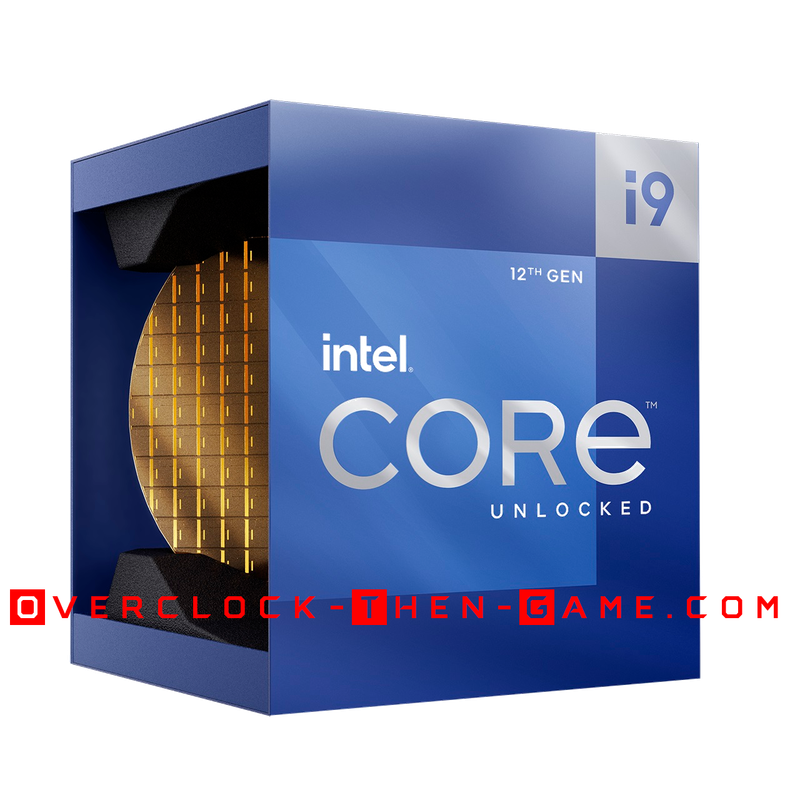Conclusions & Comments

There was a lot of consider when deciding which platform would be my upgrade path. There were many options to choose from since my PC was much older than most PCs in the market. Competition and performance is also a great thing because this is better for consumers overall. Ultimately I decided on Alder Lake-S and the Z690 platform. So far the CPU has been nothing short of amazing. It appears that Intel has taken a step back and improved many things across the board. I’m happy to see a return to a more traditional type of overclocking\underclocking experience with the Z690 platform. Although tweaking many settings isn’t always the easiest thing to do, it can pay off to actually learn the platform and its features. This entire focus of this article was undervolting while lowering wattage and temperatures while keeping the same stock performance or near stock performance. Initially I was not expecting to overclock, but only planned to lower wattage. Instead I overclocked all the Efficient Cores to 4GHz, overclocked the DDR5 DRAM to 5600Mhz and undervolted my CPU vCore to 1.11v under full 100% load. The lowest CAS I could get with my DRAM was CAS: 34 with DDR5-5000Mhz. I decided to use DDR5-5600Mhz with CAS: 40 instead for the larger bandwidth increase as well as lower latencies. I will pursue more aggressive DRAM overclocks in the future when I begin to overclock the Alder Lake-S processor. My first goal was to make Alder Lake-S as efficient as possible while increasing my performance. I believe that I have achieved that goal. My CPU Package voltage decreased from the stock 224 watts to only 184 watts on average. The wattage from the wall outlet decreased from 368watts to only 275watts on average. That is a drop of 93 watts from the wall outlet while increasing performance across the entire platform. Lowering the vCore voltage (1.11v) also helped the CPU temperatures tremendously. I went from a high temperature of 79c with stock frequencies to only 66c along with overclocked Efficient Cores (4.0GHz). With the Performance Cores I settled for 4.9GHz under 100% load and 5.1GHz during light workloads. I decided to take another deep dive and show my actual performance increases at many different levels within the micro-architecture. I could have simply ran the typical synthetic benchmarks and released this article, but I decided to show the same type of deep-dive performance information as I did in my initial Alder-Lake-S article. This was done for two reasons, the first reason being that Alder Lake-S is Intel’s brand new desktop variant of their ‘Hybrid Technology’. The second reason being that current software has not begun to utilize Intel’s new micro-architecture with (big) Performance Cores and (LITTLE) Efficient ‘Atom’ Cores. To combat this Intel created their Intel Thread Director along with Microsoft with their Windows 11 scheduler (Thread Director also works to a certain extent in Windows 10). To add to the second reason I decided to perform my own personal benchmarks and skip past the software limitations as much as possible; and to extract as much information as I could. This would show that although not all software applications utilize Alder Lake-S micro-architecture properly, I could show the exact increases at the micro-architecture level. This would give a better representation and prove that although software might not always show big increases, it would show that the Alder Lake-S processor is actually performing better than what we could see. I included both lower-level deep dive information as well as high level synthetic benchmarks to show that I have achieved my goal. The Core i9-12900K is very impressive and appears to be very efficient. I believe there are still more ways to gain more performance with a low vCore settings. One way could be the Ring Bus and other various settings to tweak. I will continue to learn more about the platform, but I am taking it slow with Alder Lake since this is a completely different beast than my 1st Gen X58 beast. So far so good and with a little tweaking and testing you can save a lot of power while increasing performance. This is only my first week of tweaking several settings while underclocking and overclocking so stay tuned for future articles.
Thank you for reading my "Alder Lake Deep Dive - Making Alder Lake Efficient & DDR5 Overclocks" article Feel free to leave a comment below and feel free to share this article. If you would like to see more content like this please consider donating to my Patreon or PayPal by clicking the images below. Thank you.

- << Prev
- Next